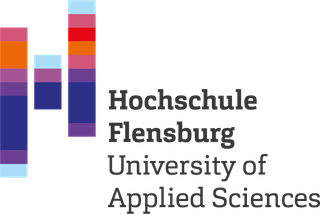Abstract
Bacteria associated with 2 macroalgae growing in the Kiel Fjord (Baltic Sea) were investigated seasonally over two years by scanning electron microscopy and cultivation methods. Seasonal variations and significant differences between both macroalgal species with respect to the associated bacteria were observed. 166 bacterial strains were isolated from the macroalgae and classified by phylogenetic analysis of 16S rRNA gene sequences. The strains formed 82 phylotypes according to sequence similarities of499.0\%. Samples from Fucus vesiculosus revealed 43 and from Delesseria sanguinea 57 bacterial phylotypes. They affiliated to Actinobacteria, Alphaproteobacteria, Bacilli, Betaproteobacteria, Flavobacteria, Gammaproteobacteria, and Sphingobacteria. Following the assumption that chemical interactions rule the bacteria-macroalga associations, we tested the biological activity of both macroalgae and isolated bacterial strains against a panel comprising standard and ecologically relevant microorganisms (Gram-positive and Gram-negative bacteria, including macroalgal pathogens and surface associated strains, and a yeast). Both macroalgae presented inhibitory activity against at least one microorganism, but overall the inhibitory activities were low. In contrast, all extracts stimulated growth of many of the tested bacteria. While growth stimulation was common concerning bacteria associated with macroalgae, no stimulation was shown for the standard set of bacteria (with exception of one case of stimulation of the plant pathogen Erwinia amylovora). Regarding the potential biological activity of microorganisms associated with macroalgae, more than 60\% of the bacterial phylotypes inhibited the growth of at least one microorganism. A higher proportion of strains showed antimicrobial activity against the set of bacteria associated with macroalgae as compared to standard set of microorganisms. Certain phylotypes are consistently found as epiphytes, suggesting their specific association with macroalgae. The presented positive and negative effects of macroalgal extracts on growth of macroalga-associated bacteria, significant bacterial activity against macroalgal pathogens and competitors, and potential degradative capabilities support the assumption that complex chemical interactions shape the bacteria-macroalga relationships.
Zitieren
1.
Goecke FR, Labes A, Wiese J, Imhoff JF. Bacteria associations with co-occurring macroalgae: Host, epiphyte and environmental factors. European Journal of Phycology. 2012;46:45-50. http://oceanrep.geomar.de/19586/.
Goecke, F. R., Labes, A., Wiese, J., & Imhoff, J. F. (2012). Bacteria associations with co-occurring macroalgae: Host, epiphyte and environmental factors. European Journal of Phycology, 46, 45–50. Abgerufen von http://oceanrep.geomar.de/19586/
Goecke, Franz Ronald, Antje Labes, Jutta Wiese, und Johannes F. Imhoff. 2012. „Bacteria associations with co-occurring macroalgae: Host, epiphyte and environmental factors“. European Journal of Phycology 46: 45-50. http://oceanrep.geomar.de/19586/.
Goecke, Franz Ronald u. a. „Bacteria associations with co-occurring macroalgae: Host, epiphyte and environmental factors“. European Journal of Phycology 46 (2012): 45–50.
Goecke, Franz Ronald, u. a. „Bacteria associations with co-occurring macroalgae: Host, epiphyte and environmental factors“. European Journal of Phycology, Bd. 46, sup1, 2012, S. 45–50, http://oceanrep.geomar.de/19586/.
Details
-
Volume
46 -
Number of Pages
45-50 -
URL
http://oceanrep.geomar.de/19586/
